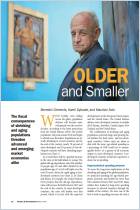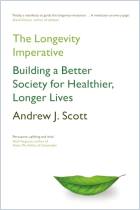Зарегистрируйтесь на getAbstract, чтобы получить доступ к этому краткому изложению.

Зарегистрируйтесь на getAbstract, чтобы получить доступ к этому краткому изложению.
Sarah Harper
How Population Change Will Transform Our World
Oxford UP, 2019
Что внутри?
Changes in the structure of population worldwide will affect human well-being and how people live and retire.
Recommendation
From 1975 to 1999, says gerontology professor Sarah Harper, demographers worried about population growth, which now has slowed except in some Middle Eastern and North African nations. In richer countries, the population is shrinking and the workforce is aging. When fertility falls, so does the ratio of young dependents to workers. This boosts economic growth until the population begins to age, and the society must tend its elders. Harper offers a detailed (very detailed) analysis of today’s demographics for planners and anyone interested in the future of working populations.
Summary
About the Author
University of Oxford gerontology professor Sarah Harper, DPhil, is the founding director of the Oxford Institute of Population Ageing. Her other books include Families in Ageing Societies and Ageing Societies: Myths, Challenges, and Opportunities. She also contributed to the edited collection, Is the Planet Full?



















Comment on this summary